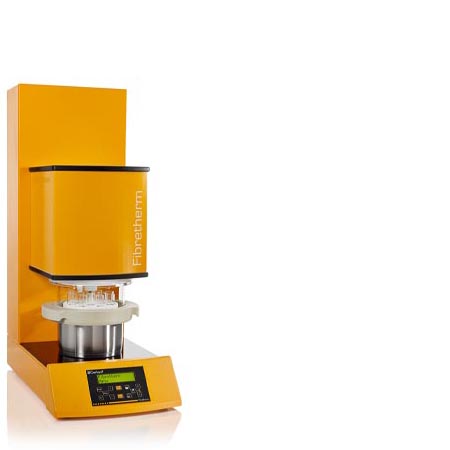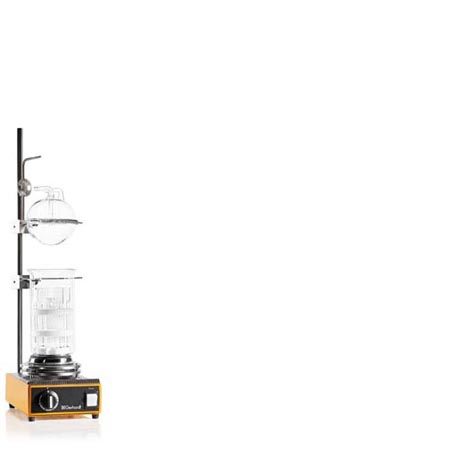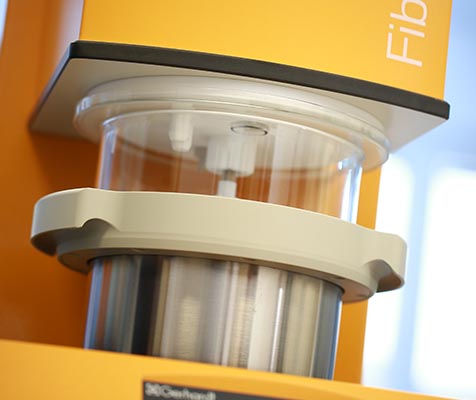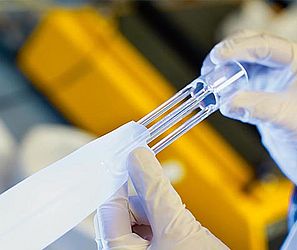Fibre content determination is particularly important for animal feed. The proportion of vegetable fibres has a significant influence on usability of the feed and on animal health. This extensive analysis reproduces the various steps of the digestive process in an animal’s stomach, which makes it possible to assess the value of the feed based on qualitatively and quantitatively different fibre fractions that have been determined.
In the field of biogas production, the fibre fractions of substrates in fermenters are determined in order to distinguish the carbohydrates contained therein.
Determining the crude fibre, ADF, NDF and ADL content
To determine the individual fibre fractions, samples of the feedstuff are treated with different solvents. The undissolved residue is dried, weighed and then incinerated. The loss in mass during incineration corresponds to the crude fibre, ADF, NDF or ADL content in the sample.
Crude fibrerefers to the fraction of the feedstuff that does not dissolve in sulphuric acid and potassium hydroxide solution, such as cellulose, hemicellulose and lignin.
The fraction of substances that is not dissolved out by an acid detergent solution is called ADF (acid detergent fibre). In the case of vegetable feedstuffs, the ADF content is an indication of the proportion of the cell wall framework substances cellulose, lignin and lignin-N compounds.
NDF (neutral detergent fibre) refers to the fraction of substances that are not dissolved out with a neutral detergent solution. In the case of vegetable feedstuffs, the NDF content is an indication of the proportion of the cell wall framework substances cellulose, lignin and lignin-N compounds.
When determining the ADL (acid detergent lignin), the ADF method is used as a preliminary treatment. The components cellulose and lignin are not dissolved out by the ADF solution. The cellulose is therefore next dissolved with 72% sulphuric acid to extract the crude lignin (ADL).
FIBREBAG Technology
The FibreBag method developed by C. Gerhardt makes dissolving and filtering the components significantly easier and ensures better and more reliable analysis results compared to the classic filter method using frits and filter beds. The analysis complies with the standard Weende and van Soest methods.
The fully automated FIBRETHERM unit performs the complex boiling, washing, filtration and rinsing processes to extract the fibre fractions in a self-contained system for 12 samples at a time, using methods programmed previously (in the case of ADL determination, rinsing and filtering only). Alternatively, you can use the manual FibreBag system for smaller sample volumes. Appropriate application documents are available to give users an initial orientation.




